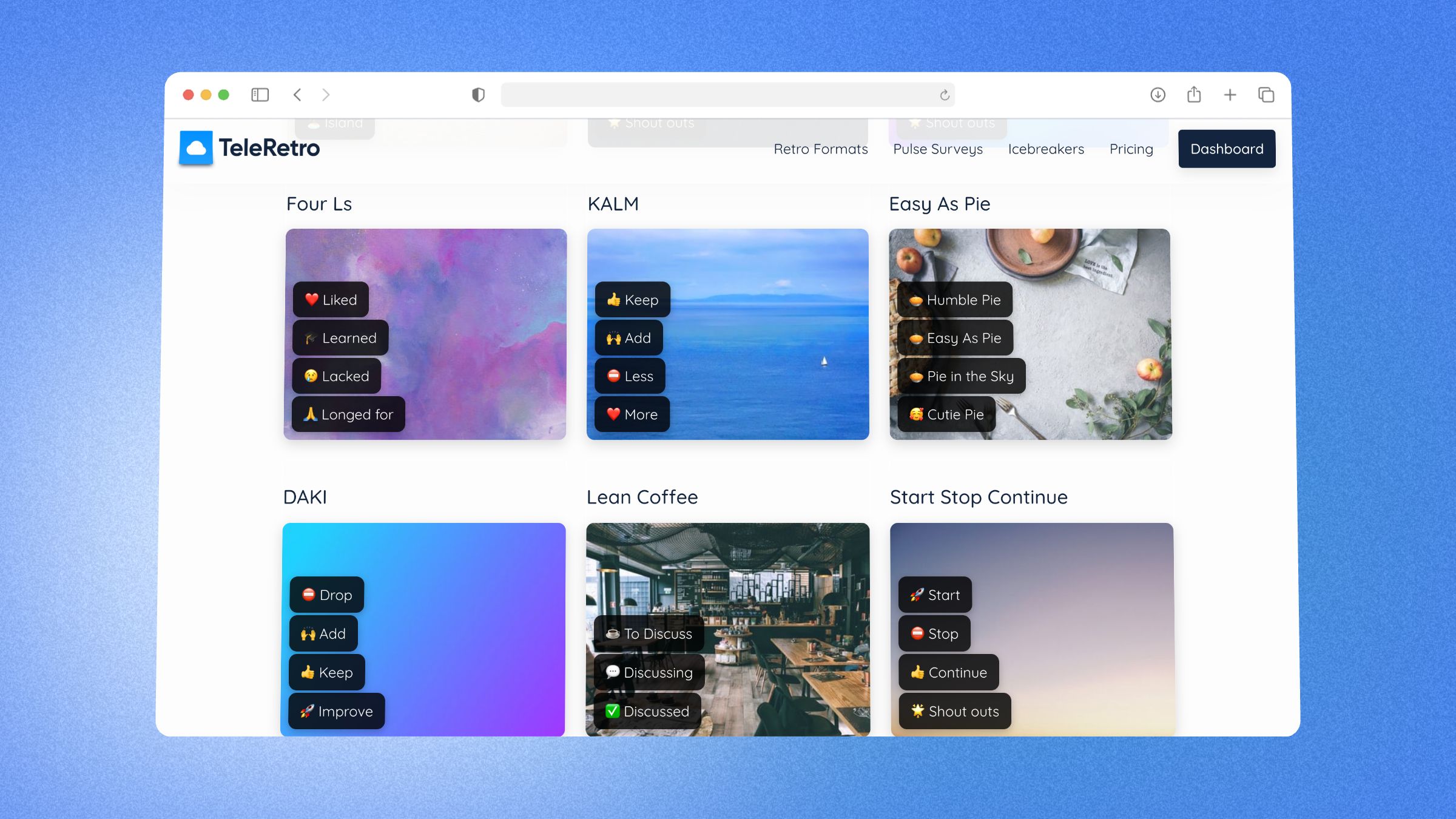Agile retrospectives are essential for ensuring that teams are continuously learning and improving.
In this guide, we’ll look at the best practices for conducting effective agile retrospectives:
Best Practices for an Agile Retrospectives
To conduct effective agile retrospectives, create a safe space for honest feedback, set clear goals, and use various methods to gather insights.
Encourage participation, identify action items, and follow up on their completion to drive continuous improvement.
1. Create a safe and open environment
Retrospectives should be a safe space where team members feel comfortable sharing their honest feedback.
This means encouraging active listening, avoiding blaming or finger-pointing, and focusing on solutions rather than problems.
2. Set clear goals
Before starting the retrospective, clearly define the goals for the meeting.
- What do you want to achieve?
- What do you want to improve?
Having clear goals will help keep the discussion focused and productive.
3. Use a variety of retrospective methods
There are many different retrospective methods to choose from, each with its own strengths and weaknesses. Experiment with different methods to find what works best for your team.

You may want to explore new and fresh retrospective techniques like:
4. Encourage participation from all team members
Everyone should have a chance to participate in the retrospective.
Use techniques like Comments, Voting, Emoji & GIFs to involve everyone.
5. Identify action items and assign ownership
At the end of the retrospective, identify concrete action items to address the issues that were raised.
Assign ownership of each action item to a specific team member and set deadlines for completion.
6. Follow up on action items
Regularly check in on action items to ensure that they are being completed.
This will help to keep the momentum going and make sure that the changes you are making are having a positive impact.
7. Continuously improve your retrospective process
Reflect on the effectiveness of your retrospectives and make changes as needed.
- What worked well?
- What could be improved?
Use the feedback from your team to make your retrospectives even more effective.
Ineffective Retrospectives - What to Avoid
The Ineffective Retrospective is a common term used to describe a retrospective meeting that fails to achieve its goals.
1. Ways it can go wrong
There are many ways a retrospective can go wrong, but some of the most common signs of an ineffective one include:
- Lack of focus: The meeting wanders aimlessly, with no clear agenda or objectives. Team members bring up whatever is on their minds, regardless of its relevance to the previous sprint or project.
- Negativity and blame: The meeting becomes a venting session, with team members complaining about each other and pointing fingers. This can create a toxic atmosphere and make it difficult to move forward in a positive way.
- No action items: The meeting ends with a long list of problems but no concrete plans for how to address them. This leaves team members feeling frustrated and helpless.
2. How to get out of it
If you find yourself in an ineffective retrospective, there are a few things you can do to try to get it back on track.
First, try to refocus the discussion on the specific goals of the meeting.
- What are you hoping to learn or achieve?
- Second, encourage team members to be respectful and constructive in their feedback.
- Third, make sure to identify concrete action items that can be implemented in the next sprint or project.
Finally, follow up on those action items at the next retrospective to see how you're doing.
3. How to make it effective
- Set an agenda and stick to it. This will help to keep the meeting focused and productive.
- Use a retrospective format that works for your team. There are many different formats to choose from, so experiment until you find one that everyone is comfortable with.
- Create a safe space for team members to share their feedback. This means making sure that everyone feels comfortable speaking up without fear of reprisal.
- Celebrate successes. It's important to take the time to acknowledge the things that went well during the sprint, as well as the areas where you can improve.
- Have fun! Retrospectives should be an opportunity for team members to learn and grow together, not a chore to be dreaded.
By following these best practices, you can ensure that your agile retrospectives are effective and productive.
Remember, the goal of a retrospective is to improve the team, so focus on solutions and collaboration.
